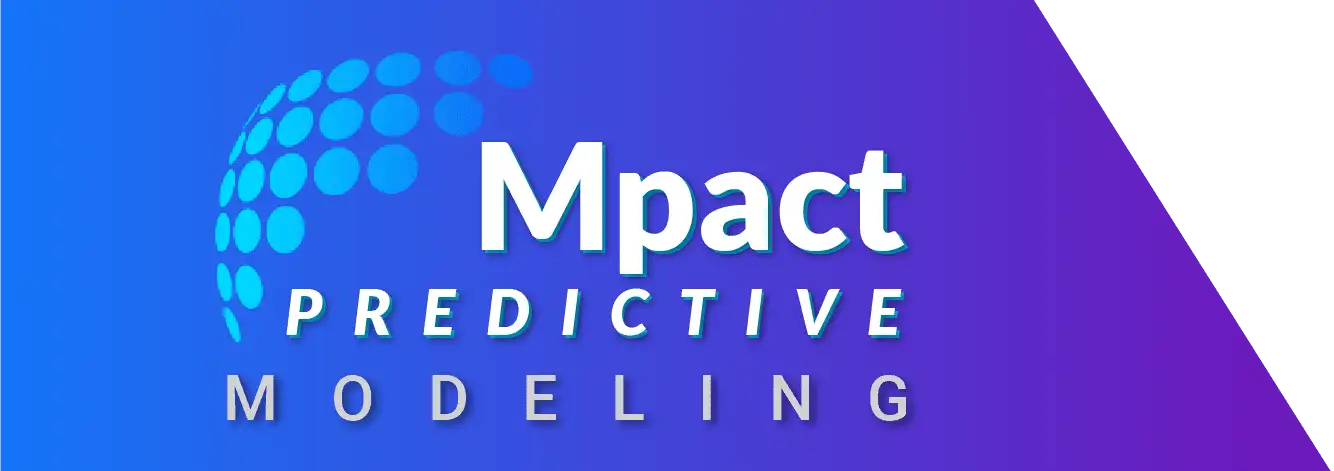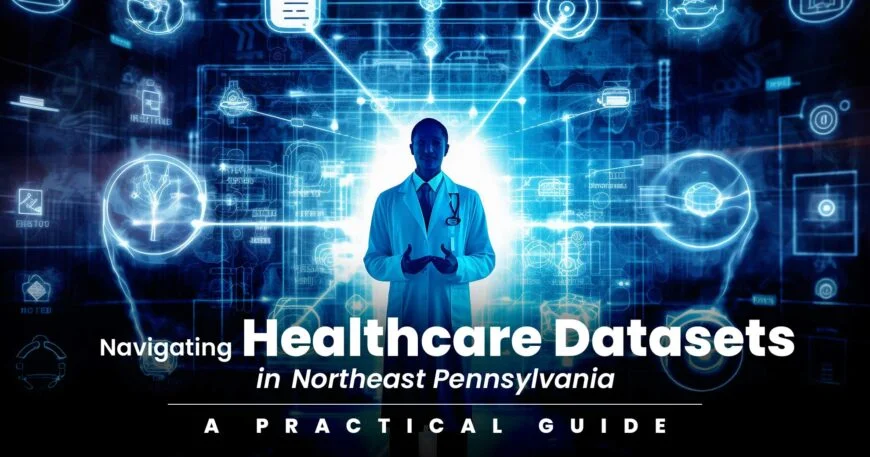In the quick-moving domain of medical care, information rules. From patient records to populace wellbeing patterns, the overflow of data accessible holds colossal potential for further developing medical services results and driving advancement. Be that as it may, tackling the force of healthcare datasets requires something other than access; it requests an essential methodology custom-made to the interesting elements of the Upper East Pennsylvania medical care scene. In this exhaustive aid, we dive into viable techniques for exploring medical care datasets in Upper East Pennsylvania, engaging medical care experts, specialists, and policymakers to open significant bits of knowledge and drive positive change.
Seeing Upper east Pennsylvania’s Medical care Scene
Prior to jumping into systems for exploring health care datasets, it’s vital to handle the subtleties of the medical care scene in Upper east Pennsylvania. Portrayed by a blend of metropolitan focuses, country networks, and different medical services suppliers, this district presents the two difficulties and opens doors in information assortment, examination, and translation.
Segment Variety
Upper east Pennsylvania flaunts a different populace, going from thickly populated metropolitan regions like Scranton and Wilkes-Barre to provincial districts like Wayne and Susquehanna. Grasping segment patterns, including age dissemination, financial status, and ethnic organization, is vital for contextualizing medical services information and fitting mediations to explicit local area needs.
Medical care Foundation
The medical care foundation in Upper East Pennsylvania contains an organization of clinics, facilities, essential consideration suppliers, and specialty administrations. Varieties in medical care access, protection inclusion, and supplier dispersion require a nuanced way to deal with information examination, representing variations in medical care usage and results across various geographic locales.
General Wellbeing Difficulties
In the same way as other locales across the US, Upper East Pennsylvania faces a horde of general well-being challenges, including persistent sicknesses, narcotic habits, emotional well-being issues, and variations in medical care access. Viable information route systems should focus on the recognizable proof of key well-being markers, risk variables, and social determinants of well-being driving these general well-being concerns.
Techniques for Exploring Health Care Datasets
Equipped with a thorough comprehension of Upper East Pennsylvania’s healthcare datasets scene, medical care partners can use the accompanying procedures to explore healthl care datasets successfully:
1. Information Coordination and Normalization
Given the decentralized idea of medical services information, incorporating divergent datasets from various sources is foremost. Laying out normalized information organizations, wording, and coding frameworks upgrades information interoperability and works with consistent information trade among medical services suppliers, payers, and general wellbeing offices.
2. Cooperative Information Sharing Drives
Cooperative information-sharing drives, for example, wellbeing data trades (HIEs) and exploration consortia, assume a fundamental part in totaling and sharing medical care information across hierarchical limits. By cultivating joint effort among partners, these drive advance information straightforwardness, improve information quality, and empower exhaustive populace wellbeing investigation.
3. High-level Investigation and Prescient Demonstrating
Saddling the force of cutting-edge examination and prescient demonstrating empowers medical services experts to remove significant bits of knowledge from complex datasets. Methods, for example, AI, normal language handling, and prescient demonstrating can distinguish examples, patterns, and hazard factors, engaging partners to expect medical care needs, streamline asset designation, and foster designated mediations.
4. Geographic Data Frameworks (GIS) Planning
Geographic Data Frameworks (GIS) planning gives a spatial point of view on medical care information, permitting partners to imagine medical care use designs, recognize medical care deserts, and evaluate geographic variations in medical services access. By overlaying health care datasets with geographic information, like populace thickness, financial status, and closeness to medical care offices, GIS planning illuminates vital navigation and asset designation.
5. Constant Information Observing and Observation
Constant information observing and observation frameworks empower the ideal discovery of arising well-being dangers, sickness flare-ups, and medical services patterns. By amassing and investigating information from electronic well-being records (EHRs), syndromic observation frameworks, and general well-being vaults, partners can screen populace well-being pointers, track medical care use examples, and execute proactive mediations to alleviate well-being chances.
6. Partner Commitment and Local area Organizations
Drawing in partners and cultivating local area organizations are fundamental parts of successful information route methodologies. By including medical services suppliers, local area associations, policymakers, and occupants in the information examination process, partners gain important experiences into nearby well-being needs, social inclinations, and local area resources, cultivating a cooperative way to deal with medical care improvement.
Contextual analyses:
Applying Information Route Systems in Upper east Pennsylvania to show the down-to-earth utilization of information route procedures in Upper east Pennsylvania, we should investigate two speculative contextual analyses:
Contextual analysis 1:
Narcotic Scourge Reaction because of the narcotic pestilence tormenting Upper East Pennsylvania, medical care partners influence cooperative information-sharing drives to investigate narcotic endorsing designs, go-too-far rates, and therapy results. By coordinating information from physician-endorsed drug checking programs (PDMPs), crisis division visits, and substance misuse treatment focuses, partners recognize high-risk populaces, geographic areas of interest, and holes in fixation treatment administrations. Furnished with this data, partners execute designated intercessions, for example, naloxone circulation programs, drug-helped treatment (MAT) facilities, and local area outreach drives, to battle narcotic abuse and save lives.
Contextual analysis 2:
Ongoing Sickness The board to further develop ongoing illness the board in provincial networks of Upper east Pennsylvania, medical services suppliers use GIS planning to distinguish medical services deserts and survey boundaries to mind. By overlaying medical care use information with geographic information on transportation access, financial status, and medical services supplier accessibility, partners pinpoint underserved regions lacking admittance to essential consideration administrations and persistent illness the board programs. In a joint effort with local area accomplices, partners lay out telemedicine centers, portable wellbeing units, and local area wellbeing laborer projects to connect holes in medical services access and convey preventive consideration administrations to underserved populaces.
Engaging Medical care Partners Through Information Route
All in all, a successful route of healthcare datasets is fundamental for tending to the complicated difficulties confronting Upper East Pennsylvania’s medical services framework. By embracing information reconciliation, cooperative sharing, high-level examination, GIS planning, continuous surveillance, and partner commitment techniques, medical care partners can open the maximum capacity of medical care information to drive proof-based direction, further develop populace wellbeing results, and advance wellbeing value. As Upper East Pennsylvania proceeds with its excursion towards a better future, the information route stays a useful asset for changing medical care conveyance and encouraging local area prosperity.












